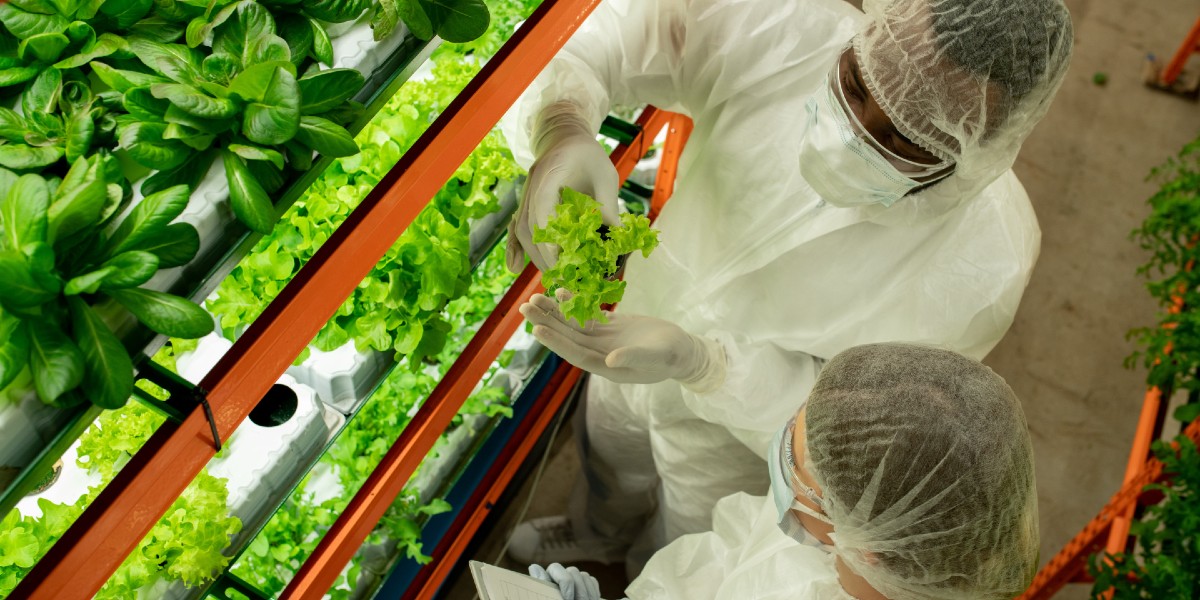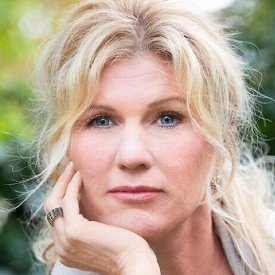Marga Hoek is a three-time CEO, Chair, and Board Member. Hoek has gained recognition over the years as a global thought leader on sustainable business and capital. Recognized by Thinkers50 for her global management thinking, Marga Hoek coined the slogan “Business for Good” in 2014. She was also the Founder and Chairwoman of the Dutch Sustainable Science Association Het Groene Brein, and now currently serves as a Non-Executive Director and Advisory Council Member for multiple companies in Europe. She is the bestselling author of New Economy Business and The Trillion Dollar Shift.
Below, Marga shares 5 key insights from her new book, Tech For Good: Imagine Solving the World’s Greatest Challenges. Listen to the audio version—read by Marga herself—in the Next Big Idea App.

1. The potential of the Fourth Industrial Revolution’s technologies to address major global challenges is huge.
Technology, when harnessed for good, will accelerate progress in achieving the United Nations Sustainable Development Goals (SDGs). The 17 Global Goals we have set out for ourselves include things like eradicating poverty, beating climate change, limiting social inequality, and so on. One hundred and ninety-three countries and many businesses around the world have agreed to these goals as well as the timeline of 2015 to 2030. More than two-thirds of these goals—to be precise, 169 targets that together deliver the 17 goals—can directly benefit from advanced technologies if we develop technology to serve that purpose.
Only a fraction of these SDGs are on track, and we are over the halfway point to 2030. Breakthroughs in new technologies unleash unprecedented opportunities to accelerate progress on these goals, so we have to decide to leverage technology for good. These technologies can even allow us to make up for lost time and bring us back on track to achieve the goals we committed ourselves to.
2. Technology in itself is neutral; it is up to us to decide to use it as a force for good.
We tend to blame technology when we are confronted with drones being used in wars; when we see AI being used to merely serve the self-interests of a handful of large companies or entrepreneurs; and when we feel like data are being used against us. In all those and many other cases, we are inclined to blame technology.
“Technology is driven by human choices and actions.”
It is important to realize that technology itself is not the problem. Technology has no overall meaning on its own—it’s neutral. Technology is driven by human choices and actions. Those choices and actions direct tech and, ultimately, the world. We need to first look at ourselves. We need to be courageous and dare to question our own actions and motivations. What are our own individual values? What is our collective view on the purpose of technology? And what do we consider to be real progress?
We, as humans, hold the key and responsibility to repurpose technology to create a better future for all. We need to aim for an ethical, positive, impact-driven approach to technology instead of applying it in ways that are predominantly damaging people and the planet or that serve no purpose at all.
3. A foundation of trust is a prerequisite to seizing the value of Tech for Good.
Obviously, for technology to contribute significantly to the SDGs, it needs to scale up. A firm foundation of trust is key to leverage technological sustainable impact. Here, we have a huge challenge.
There are at least two forms of trust to consider—mechanical trust and relational trust. Mechanical trust refers to trust in the outcome of technology itself to be able to deliver its functions. This form of trust is high and even growing, as research shows. People, by now, often trust algorithms more than they trust themselves.
It is very different, though, if we consider the second form of trust—relational trust. Now, we refer to trust in technologies’ intentions and trust in the intentions of those applying technology. That form of trust is at an all-time low, as it has fallen heavily over the last few years. Many people are extremely worried about fake news, cybercrimes, and privacy.
“People, by now, often trust algorithms more than they trust themselves.”
We spend a lot of time and attention contemplating and blaming technology—dooming it and fearing it. Unfortunately, this comes at the expense of actually restoring that trust. It won’t surprise you that we need to turn the tide. Trust needs to be restored for the benefits of Tech for Good to be seized. This is not only a business responsibility, but the entire public-private ecosystem around technology needs to change. There is no other option than to use technology ethically and responsibly moving forward. Therefore, we need to strike the right balance among sustainability, profitability, and trust.
4. Radical moonshot innovations will drive the Tech for Good movement.
Advanced technologies can support incremental innovation, but their true value is realized through radical innovation that breaks away from the status quo and catapults us into a new era of sustainable progress.
Alphabet’s X lab, the “moonshot” factory, states that we should not settle for just 10 percent improvement but that we should aim for 10 times improvement. Of course, we need both forms of innovation, as the development and implementation of moonshots take a lot of time, and 10 percent of a big number does help. But we need to shift more focus toward radical innovation.
“Solving climate change, hunger, poverty, and other global goals are the ultimate moonshot challenges of our time.”
Moonshot innovations refer to the approach of choosing huge, seemingly insurmountable problems like climate change as a starting point and then proposing radical solutions using disruptive advanced technologies. The concept of the moonshot derives from the Apollo 11 spaceflight project that landed the first human on the moon in 1969. Solving climate change, hunger, poverty, and other global goals are the ultimate moonshot challenges of our time.
5. Scaling Tech for Good demands a multi-stakeholder approach.
Harnessing the power of technology for good will require a multi-stakeholder approach. We need active engagement from many actors and stakeholders to achieve this transition. No single agent, whether a business, government, civil society, academic, or anyone else, can do it alone. Collaborations and coalitions will be the key to success, as well as innovation in society. In this context, although Tech for Good is about technological and scientific innovation, true scaling and advancement are determined even more by social innovation. From businesses to governments, NGOs to entrepreneurs, we all hold a collective responsibility together.
Technology can be our much-needed ally in the transition toward a better world for us all. Tech for Good, in that sense, is so much more than just a popular hashtag. It will be a global movement.
To listen to the audio version read by author Marga Hoek, download the Next Big Idea App today:






























